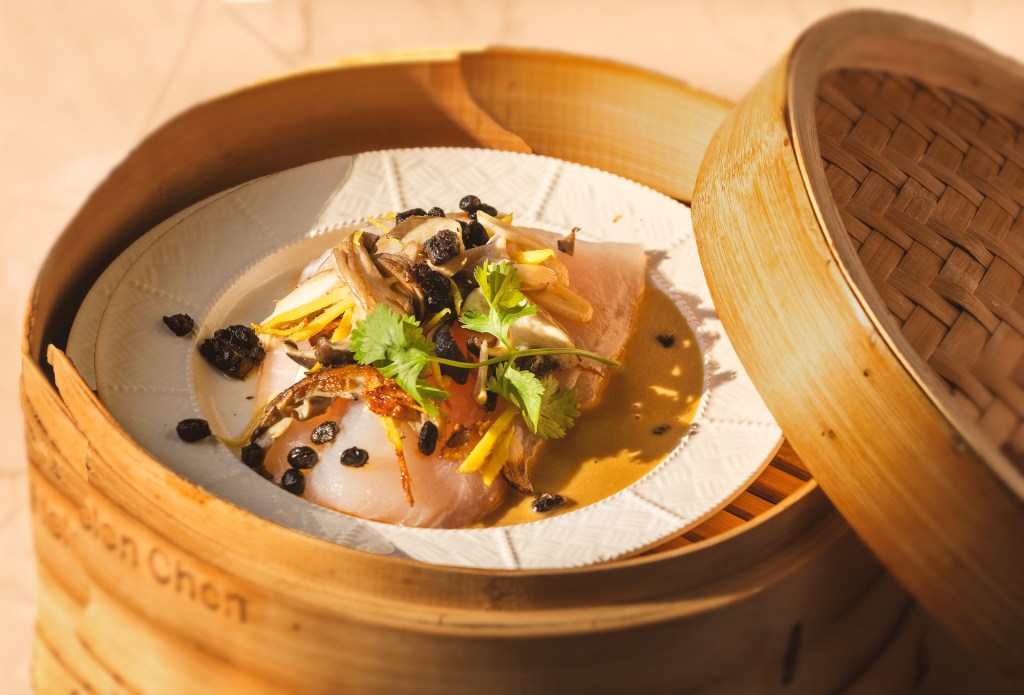A variety of delicious bean recipes like Mexican black bean soup, Fava beans, garbanzo her salad and more! With the introduction a few years back of the Food Pyramid by the USDA and its emphasis on eating more of a plant-based diet, Americans have begun to “rediscover” beans.

Most people are familiar with the “grocery store” varieties such as pinto, navy, garbanzo (chickpeas), black and kidney, all of which are delicious and should be a part of every pantry in my view. They are highly nutritious and provide the basis for all kinds of inexpensive yet satisfying recipes. Beyond these familiar varieties however are a whole world of beans that many of us are completely unaware of. Today, thanks to the efforts of organizations like Seed Savers Exchange who are dedicated to preserving biological diversity, we are also being “reintroduced” to old heirloom varieties such as Scarlet Runner, Christmas Lima, Tongues of Fire, Appaloosa, Esther’s Swedish and other colorful and colorfully named beans.

The world of dried beans, which come in all manner of shapes and colors, is immense. One of humankind’s oldest cultivated crops; they have been around for at least 10,000 years. Beans were found in Egyptian tombs and are frequently referred to in the Bible. Beyond their worldwide use as food, beans (and legumes in general) have tremendous agricultural value. They are natural nitrogen producers and are critical in crop rotation programs whose goal is to renew the vigor of the soil. They are one of the key tools used in sustainable agriculture programs
Botanically, beans are the mature seeds from the enclosed pods of the large plant family known as Leguminose. Beans are only one part of the family however. Lentils, peas and even carob also belong. From a cook’s point of view, there are two bean types (excluding string beans): Fresh Shelling Beans: which are consumed fresh from their pods and Dried Beans which are dried to be consumed later. Fresh shelling beans are generally only available during a few weeks in summer. In addition to peas, the ones I usually look for are favas, which come to market in late spring; limas, cranberry and black-eyed peas that appear mid-to-late summer, and soybeans which come to market in summer and fall. All of these are also available dried but definitely look for them fresh. They offer a unique textural and flavor alternative to their dried counterparts and their great advantage is that they cook very quickly straight from the pod. Usually farm markets are the best places to find fresh shelling beans.
Download full recipes here:
Leave a comment